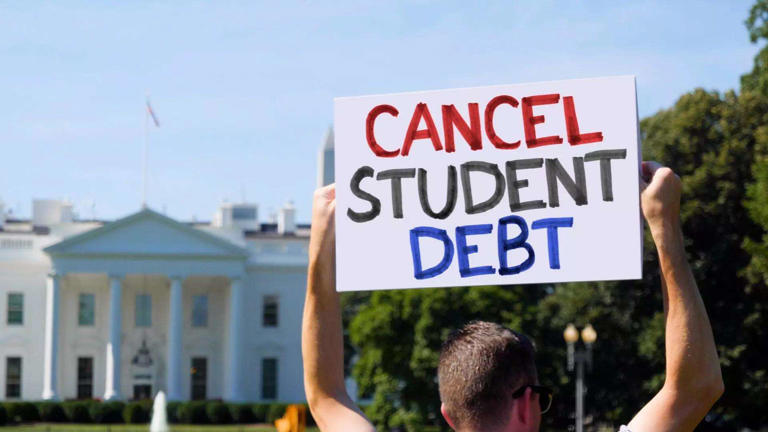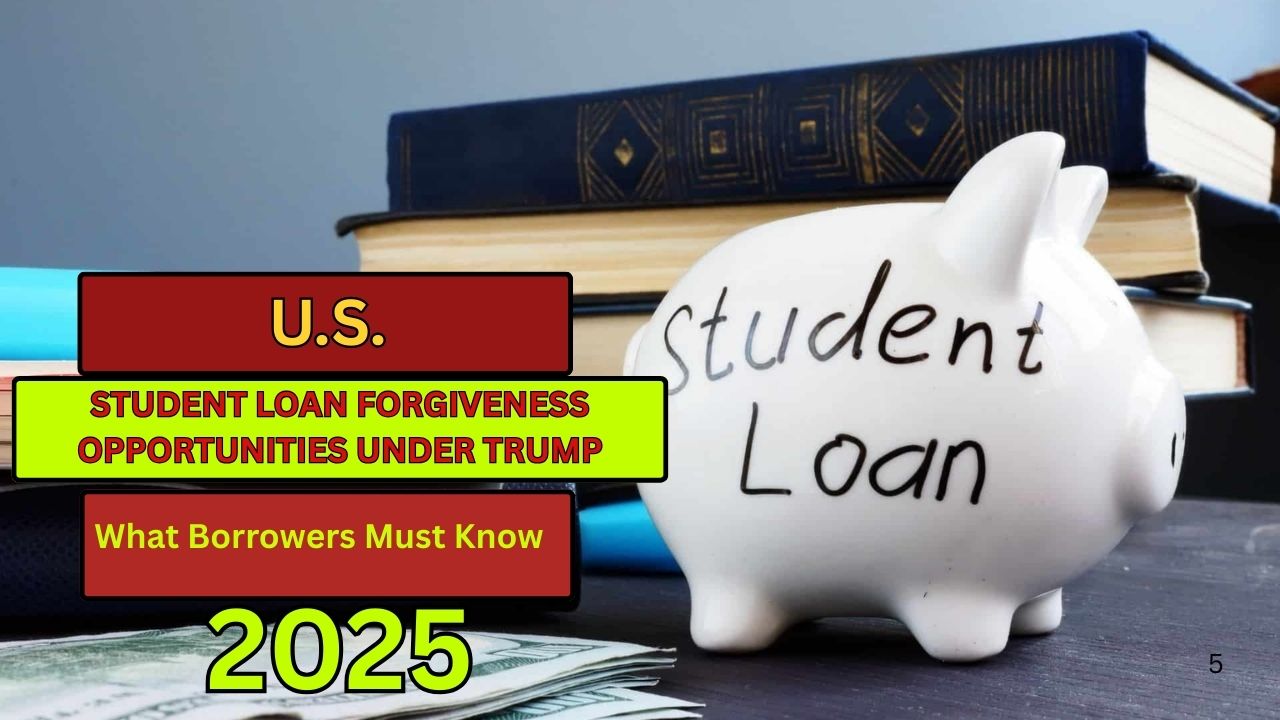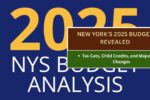The landscape for federal student loan forgiveness has shifted dramatically under President Donald Trump’s second term. As of April 2025, the administration has moved to halt major forgiveness initiatives, resumed aggressive debt collections, and begun significant changes to the Department of Education.
Here’s a comprehensive look at the latest developments and what borrowers need to know.
End of Broad Student Loan Forgiveness Programs
One of the most significant changes is the termination of broad forgiveness programs. The Saving on a Valuable Education (SAVE) Plan, a major income-driven repayment initiative, has been dismantled following months of legal disputes. (Source: Time)
The Trump administration confirmed that no new mass forgiveness efforts will be pursued. However, borrowers who already had their loans forgiven before these changes are not affected. According to legal experts, there are no plans to retroactively reverse previously approved loan cancellations. (Source: Forbes)
Collections Are Restarting
Starting May 5, 2025, the Department of Education will resume collections on federal student loans that have fallen into default. This marks the official end of a collections pause that began at the start of the pandemic in 2020. (Source: Time)
Borrowers should be prepared for aggressive measures including:
- Wage garnishments
- Tax refund seizures
- Social Security benefit offsets
Roughly 10 million borrowers in default will receive notices urging them to explore repayment options through the Debt Resolution Group.
Changes to Public Service Loan Forgiveness (PSLF)
The Public Service Loan Forgiveness (PSLF) program remains active but is facing heavy restrictions. New rules under review aim to narrow eligibility, especially for nonprofit organizations involved in activities the administration deems controversial or unlawful. (Source: Business Insider)
Public hearings are scheduled in the coming months to finalize the new eligibility criteria.
Overhaul of Income-Driven Repayment (IDR) Plans
Applications for all traditional income-driven repayment (IDR) plans have been closed. Instead, the administration is considering consolidating multiple repayment options into a single repayment assistance plan. This potential new plan may change forgiveness timelines and could be less favorable to borrowers. (Source: The Guardian)
Until further notice, current borrowers are advised to remain in their existing plans or consider contacting their servicer for options.

Restructuring the Department of Education
In a major move, President Trump signed an executive order to dismantle the U.S. Department of Education. Loan management responsibilities are expected to transfer to other federal agencies such as the Department of the Treasury. (Source: Wikipedia)
The restructuring will involve large-scale layoffs and could further delay responses to borrower inquiries.
What Borrowers Should Do Now
Given the fast-changing environment, here’s what borrowers are advised to do:
- Check updates regularly on StudentAid.gov.
- Respond quickly to any communications from loan servicers.
- Explore rehabilitation or consolidation options if you are in default.
- Consult a financial advisor or a student loan counselor for personalized advice.
The reinstatement of collections and policy changes mark a new, stricter era for student loan management. Borrowers must remain proactive to avoid adverse impacts such as credit score damage and wage garnishment.
This article has been carefully fact-checked by our editorial team to ensure accuracy and eliminate any misleading information. We are committed to maintaining the highest standards of integrity in our content.

Outside of work, he enjoys playing chess, following cricket, and writing short stories. His commitment to integrity and in-depth analysis strengthens OTE News’ mission of providing trustworthy journalism.




